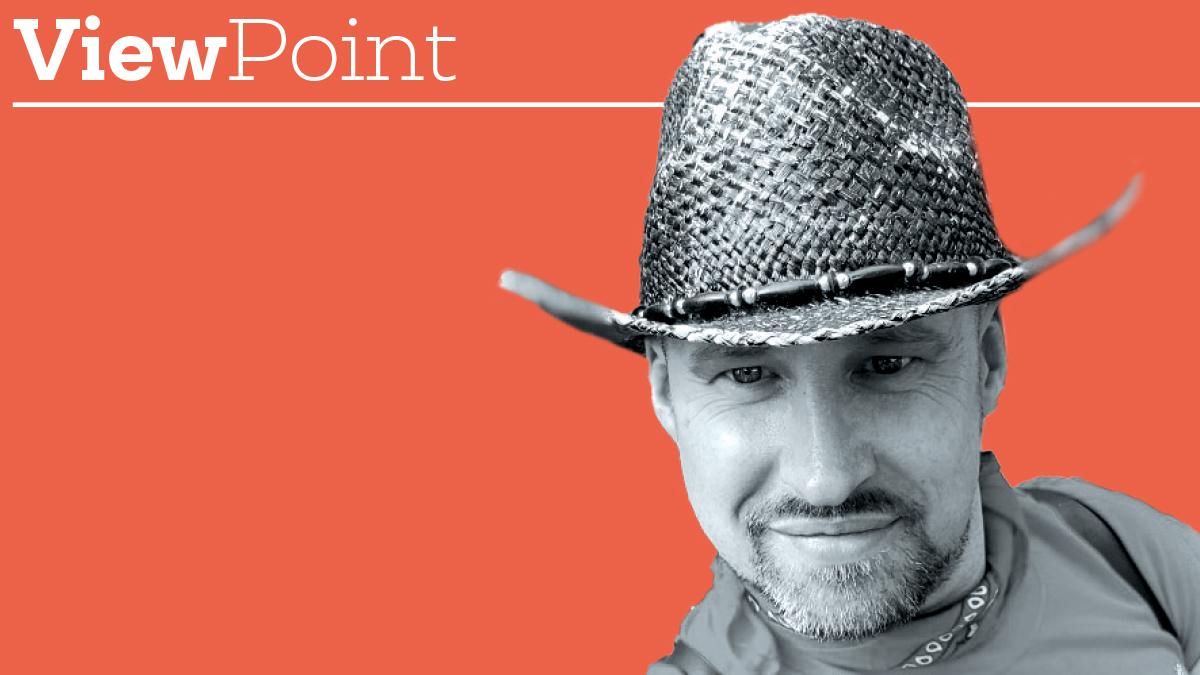Paul Rees, vice chair of the CSP LGBTQIA+ network, explains how the HCPC is opening the door to greater focus on equity, diversity and belonging

The ‘80s and ‘90s were dominated by two major events that brought significant harm to our LGBTQIA+ community. Section 28 silenced the topic of homosexuality within local authorities and the AIDS pandemic meant we lost too many loved ones – a collective grief felt today and remembered on World Aids Day.
At the time, I was unaware of the impact of these events. Reflecting now, the lack of visible diversity growing up in beautiful rural Worcestershire, a place I love to visit and where I proudly married my husband Stewart, made it hard to accept my sexuality as a gay man, even with the love and affection of my friends and physio course mates.
Through the CSP’s LGBTQIA+ diversity network, I’ve been blessed to meet physiotherapists confident sharing their lived experiences and have discovered how diversity, equity and inclusion has helped me personally and grown my professional practice. My approach has been significantly influenced by physio Dr Stephanie Nixon, who advocates for critical allyship to reduce systemic inequality in healthcare. By reflecting on my privilege and power, to support diversity and reduce discrimination with service users and the wider society, I have a greater understanding of my role as a physiotherapist.
The HCPC updated its standards of proficiency (2023) to explicitly state that health care professionals must strengthen their commitment to actively engage in improving equity, diversity, and inclusion within healthcare.
Inclusion is defined as a behaviour, while belonging is a feeling brought about by being included.
The CSP offers guidance on how to actively include people from marginalised groups in your practice.
The HCPC’s message is clear: actively reducing inequality and discrimination is the direct responsibility of registrants. The question is, how will we seize this opportunity and show leadership within our clinical settings? Because inclusion is something we do, so people feel they belong.
Find Out More
Number of subscribers: 1




































